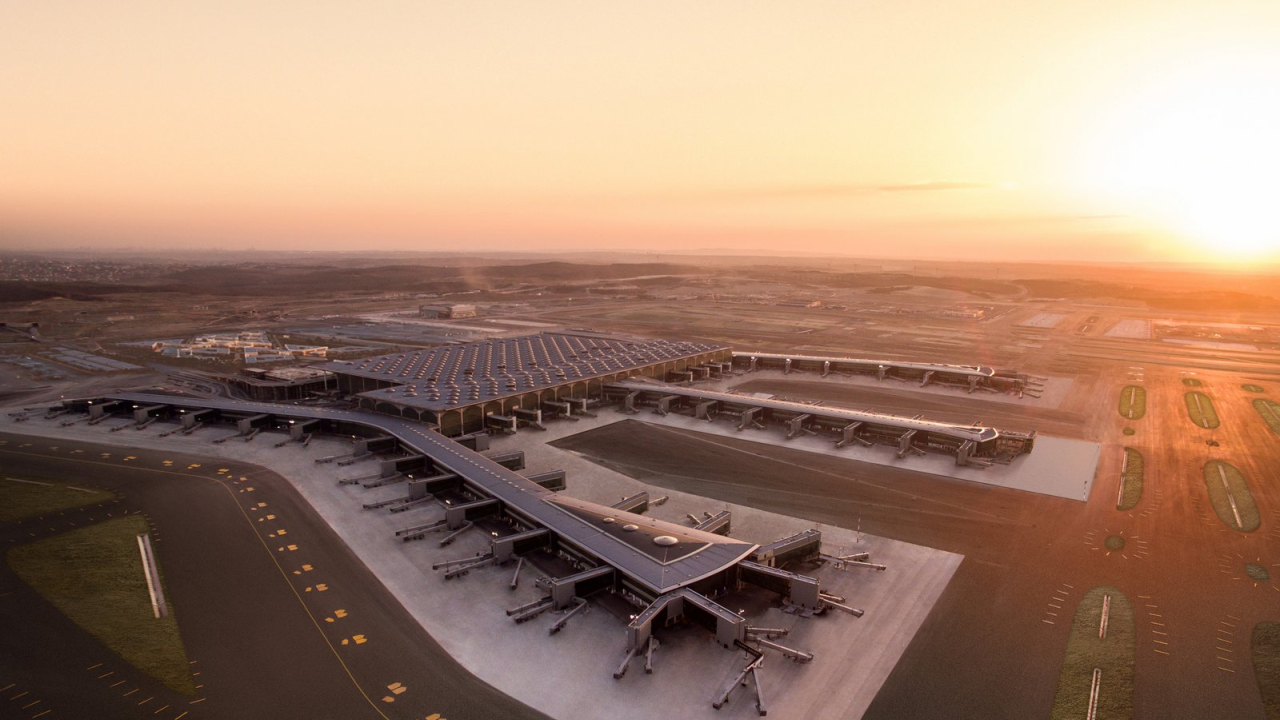Airspace – the “final frontier” for efficiency

Despite that, the Civil Air Navigation Services Organisation (CANSO), whose members are responsible for supporting some 85 per cent of world air traffic, has pledged itself to work towards that end.
In a landmark agreement – dubbed the ‘Middle East Declaration’ – key stakeholders from across the region signed a document committing themselves to radically improve air traffic management in the region.
It was signed at the second CANSO Middle East Conference held in
A three-year timeframe for delivering improvements has been set, according to Ashley Smout, CANSO chairman and chief executive of Air New
CANSO groups are developing theoretical optimised routes to demonstrate potential savings on fuel burn and emissions before taking the case to civil aviation authorities and governments, he added.
“It’s a route-based approach but also a regionally-based approach because only by looking at the region as a whole can you begin to see where the real prizes are. We are talking about lifting the performance of the whole region.”
Some have pointed to the disputatious nature of the
“CANSO is pragmatic and about the ‘how’ we improve the use of airspace,” he said. “There are significant operational difficulties (in the region) and issues over charges. We are about getting people to work together for the benefit of everybody.
“The
He added: “In fact, given the length of time that CANSO has been formally operating in the
The second CANSO Middle East conference came less than a year since the chapter was formed in the region.
Under the Middle East Declaration a strategy covering seven areas has been established – safety enhancement, airspace management, customer consultation, regional human resources development, CNS/ATM improvement, institutional transformation and performance-based ANS.
In addition, four workgroups have been created to deal with specific issues. They are ME strategic co-operation committee, ME safety workgroup, CNS/ATM infrastructure improvement workgroup and the ME airspace planning co-ordination workgroup.
The launch of the agreement for the region was underpinned by case studies delivered to delegates from air navigation service providers (ANSPs), regulatory authorities, airlines, ICAO and IATA.
Said Smout: “The Middle East group is still fairly new but when you see the enthusiasm of, say, Saudi Arabia, it’s just fantastic. They have already done a lot and are keen to achieve more.”
For the airlines present, particularly those operating from the
That was the message from Captain Alan Stealey, divisional senior vice president, flight operations for Emirates who addressed delegates.
“Emirates is expanding at roughly 15 – 18 per cent a year and so doubles in size every five years,” he told the conference.
“Therefore, we study very closely the issues that we may face in that time frame. In previous times there were terminal capacity constraints here (in
“Air traffic control and airspace capacity we now recognise are the areas that we need to concentrate on for the future. The focal point of (world) aviation has moved to the
Making better use of airspace has the potential to offer airlines more efficient routing of aircraft and thus major savings on fuel consumption, faster sector times and dramatic cuts in emissions.
Among the obstacles to improving the use of airspace in the
But they are not insurmountable, said Stealey.
“It requires a lot of work, a lot of co-operation between air navigation service providers, civil aviation authorities, governments and airlines, but progress is possible and the rewards are considerable,” he said.
He added: “That Emirates and other airlines were invited to the CANSO conference is an excellent gesture because we are the customers of the air navigation service providers and what they do is critical to us.”
Stealey said that Emirates has benefited from an example of where a large area of airspace in the UAE, controlled by the military, had been released for civilian use at certain times. The result was that in one month Emirates operated 468 flights over the area with resulting savings of 156,000kgs of fuel and a cut in emissions of 492,960kgs.
Stay up to date
Subscribe to the free Times Aerospace newsletter and receive the latest content every week. We'll never share your email address.

